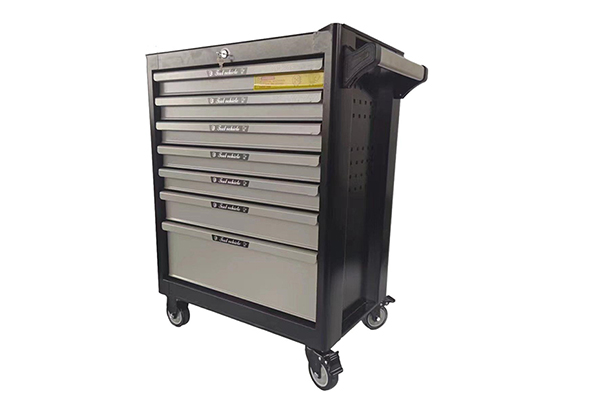Handling the thermal expansion properties of metal tool cabinets is vital to avoid structural problems such as warping, bending, or mechanical failures, particularly in environments where temperatures fluctuate. Here are several approaches to effectively manage thermal expansion:
Choosing the Right Materials: Select metals or alloys that exhibit low coefficients of thermal expansion (CTE). Metals like stainless steel, aluminum alloys, and specific types of steel are preferred due to their relatively lower rates of expansion when compared to other metals. Explore the use of composite materials or hybrid structures that combine metals with different CTEs to distribute thermal stresses evenly and minimize dimensional changes.
Design Strategies: Design the metal tool cabinet with sufficient clearances and tolerances to accommodate thermal expansion and contraction. This approach helps prevent mechanical interference or the buildup of stress concentrations. Incorporate modular design techniques that allow different components—like panels, doors, and shelves—to expand or contract independently, ensuring the overall structural stability of the cabinet.
Structural Supports and Joint Solutions: Use expansion joints or flexible connections in the design of large sections or panels within the metal cabinet. These features permit relative movement due to thermal changes without causing stress or deformation. Implement reinforced or welded joints that are engineered to handle thermal stresses and distribute loads evenly across the cabinet structure.
Surface Treatments and Thermal Coatings: Apply surface treatments or coatings that enhance the thermal stability of metal surfaces, such as heat-resistant paints or coatings with thermal insulating properties. Consider adding insulating materials or thermal barriers between metal surfaces and nearby components to limit heat transfer and reduce temperature variations, which can trigger thermal expansion.
Environmental Management: Maintain consistent environmental conditions in the workspace or storage area to reduce temperature swings that could lead to thermal expansion. Use HVAC systems or other climate control measures to manage ambient temperatures and humidity levels, thereby lessening the effects of thermal cycling on metal cabinets.
Testing and Quality Assurance: Perform comprehensive testing and quality checks during the manufacturing process to evaluate the dimensional stability and performance of metal tool cabinets under simulated thermal conditions. Employ predictive modeling or finite element analysis (FEA) to simulate how the cabinet will behave under thermal expansion, and fine-tune design parameters accordingly before moving to mass production.
By incorporating these measures into the design, production, and operational phases, manufacturers and users can successfully manage the thermal expansion characteristics of metal tool cabinets, ensuring they remain reliable, structurally sound, and perform well under various environmental conditions.
Post time: 08-26-2024




